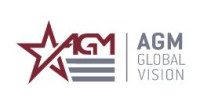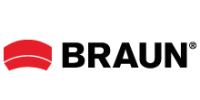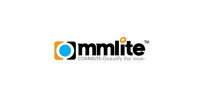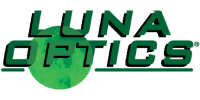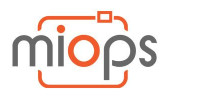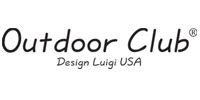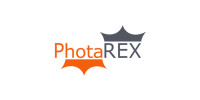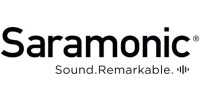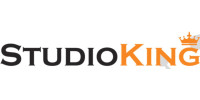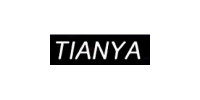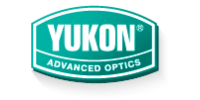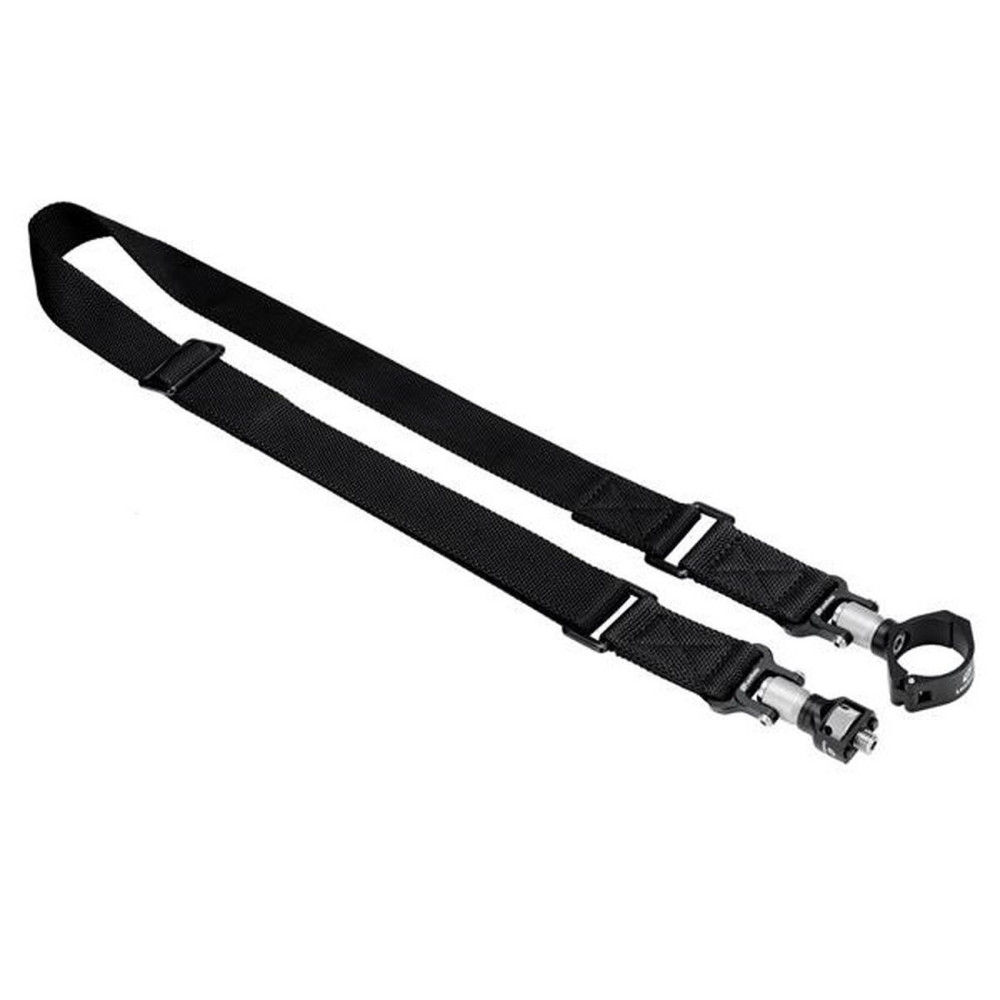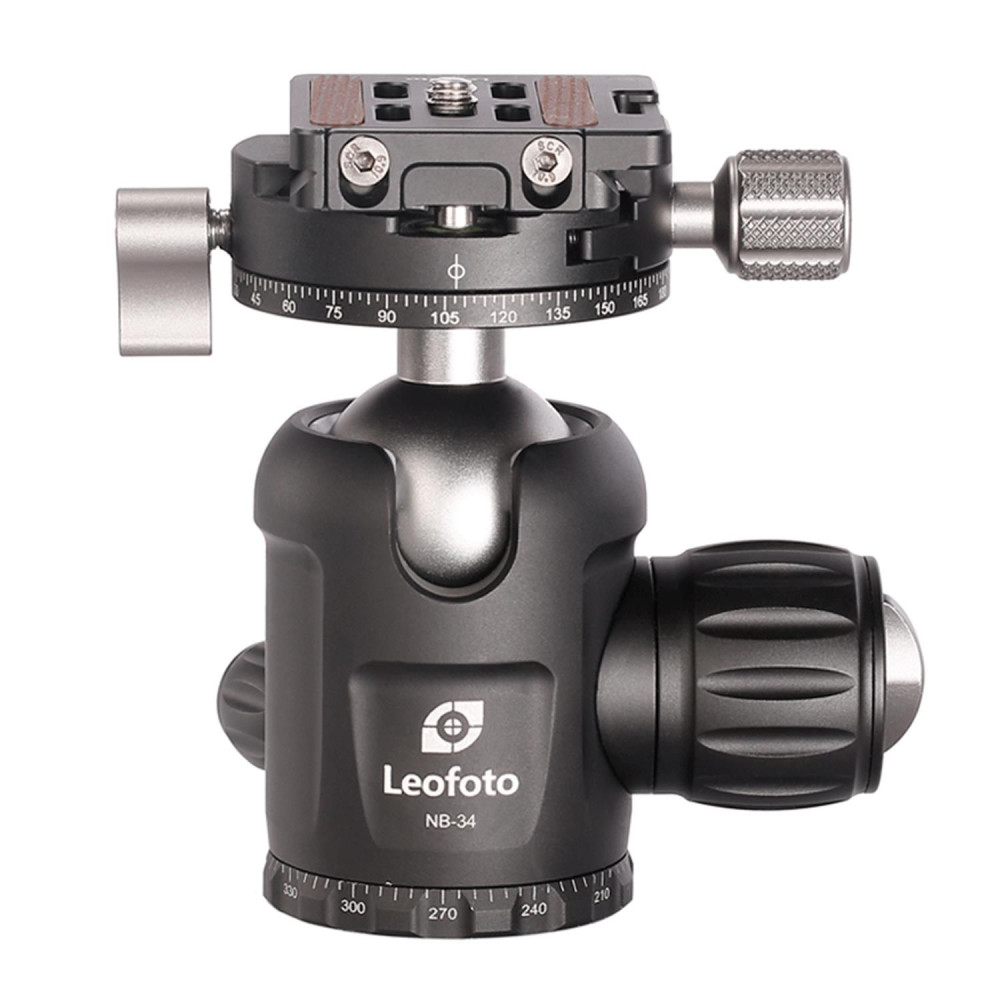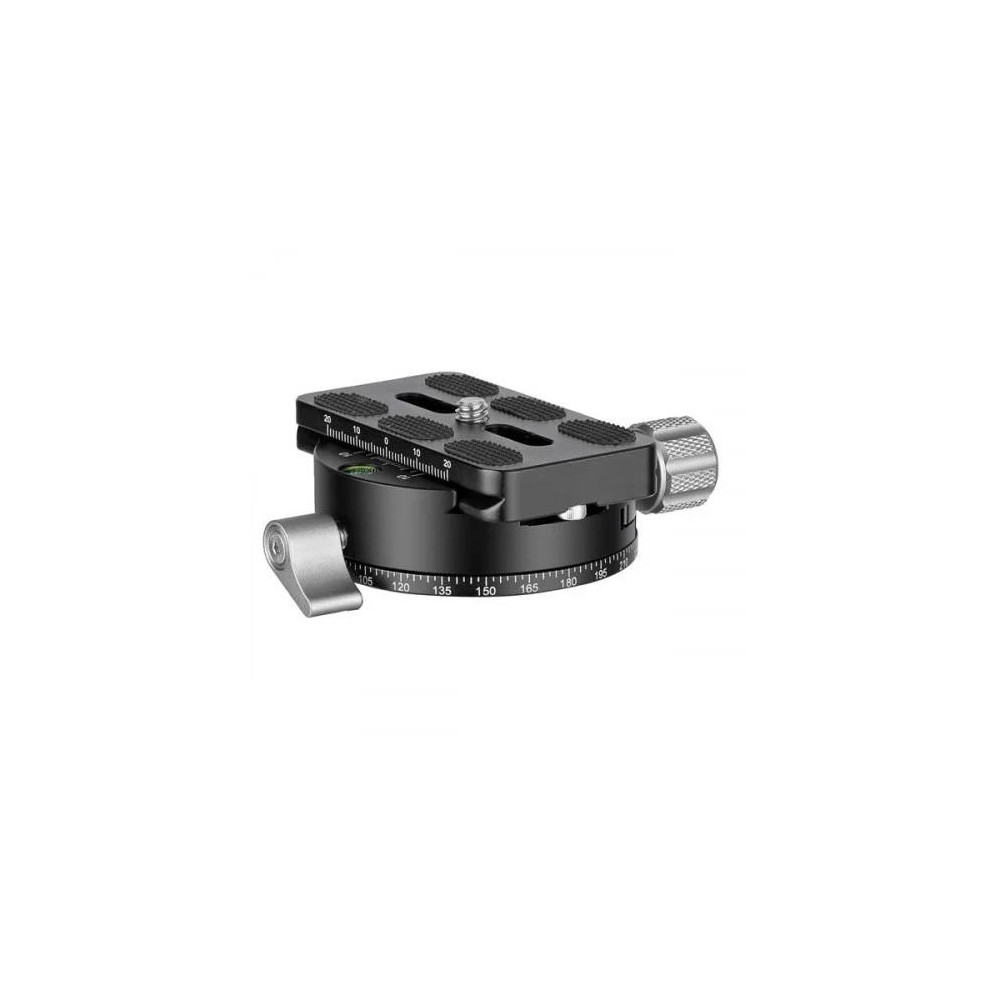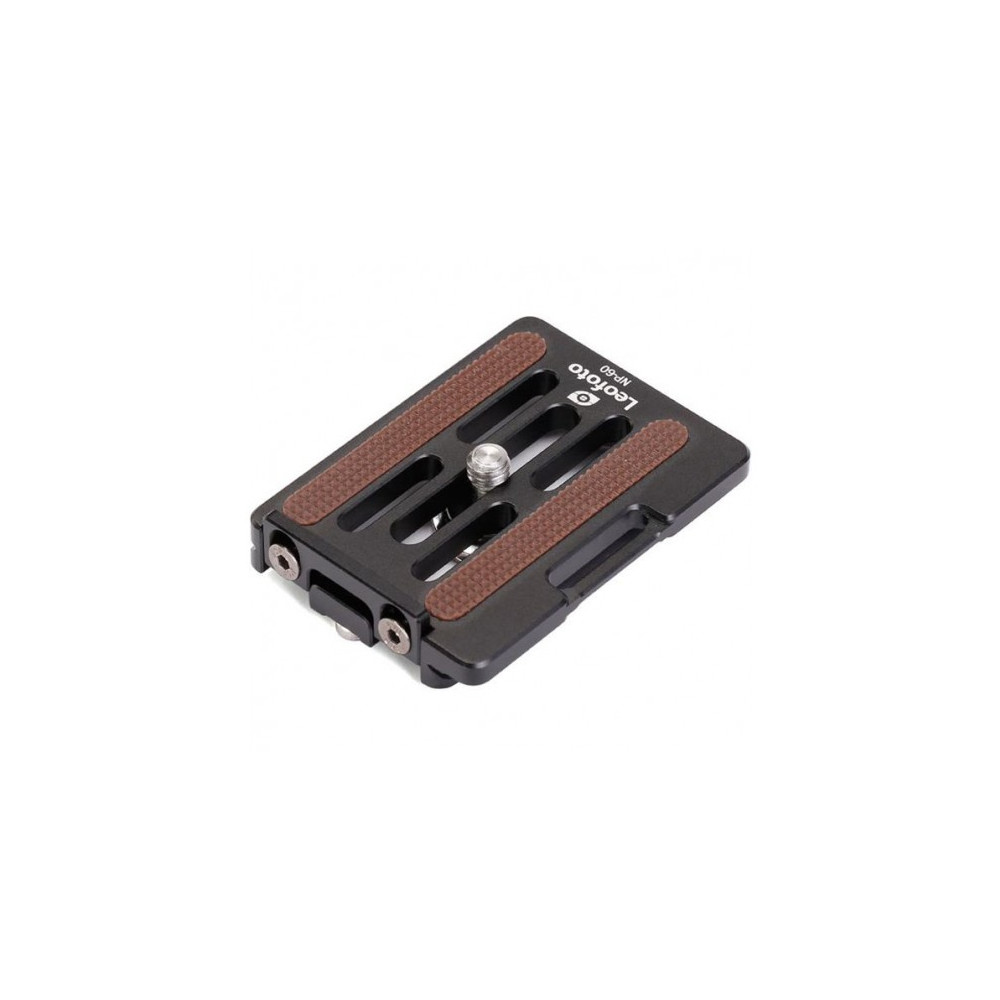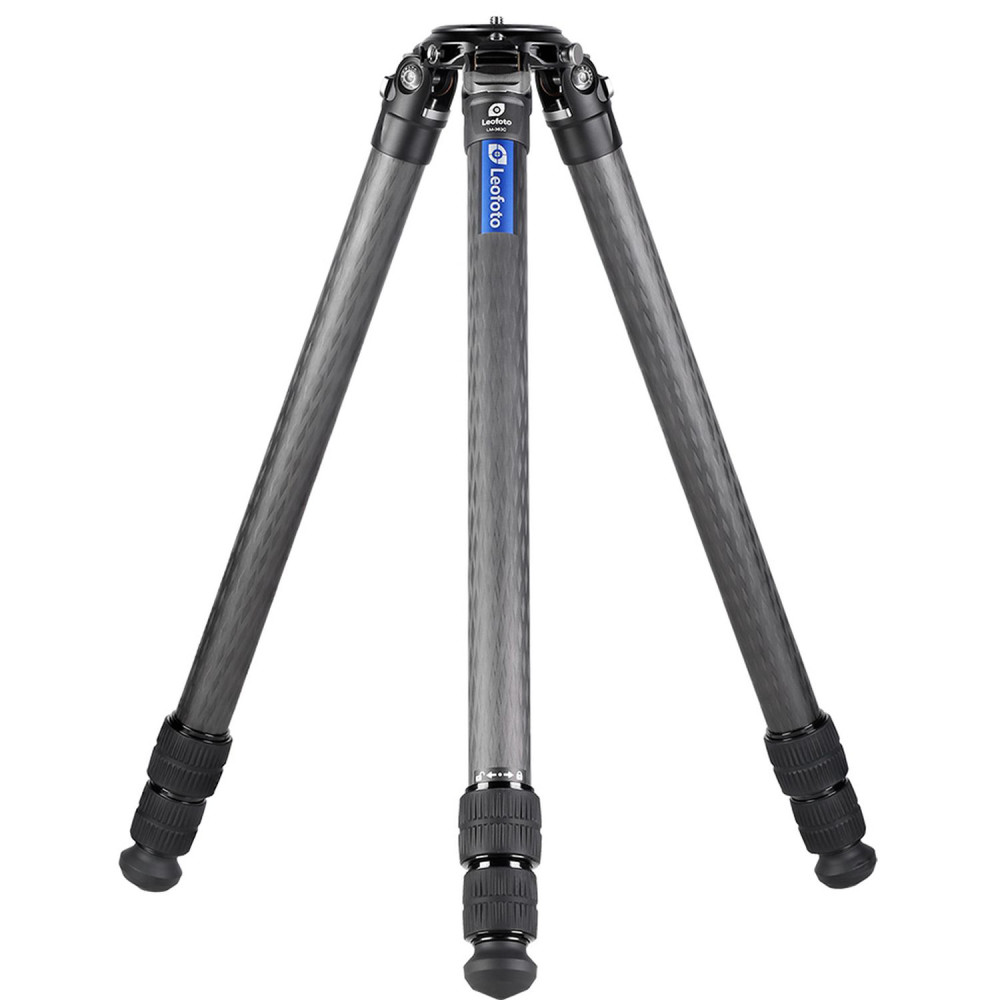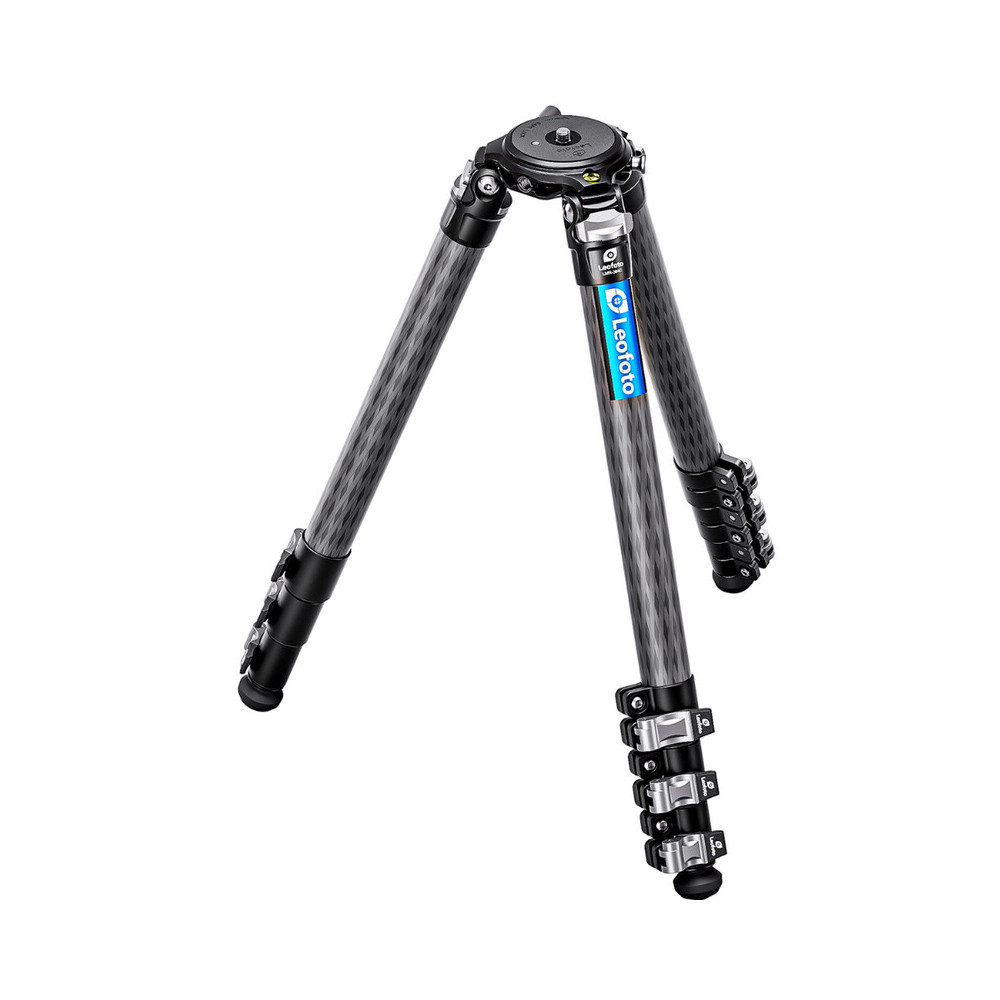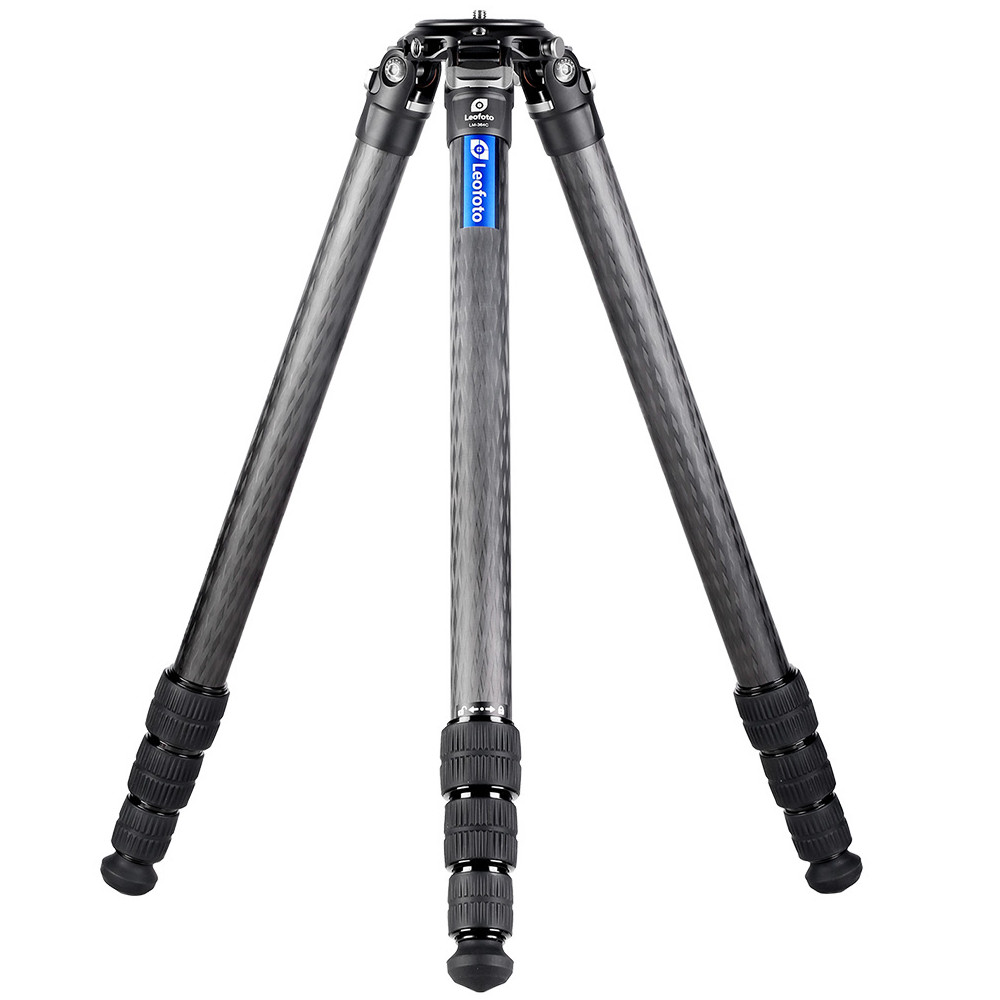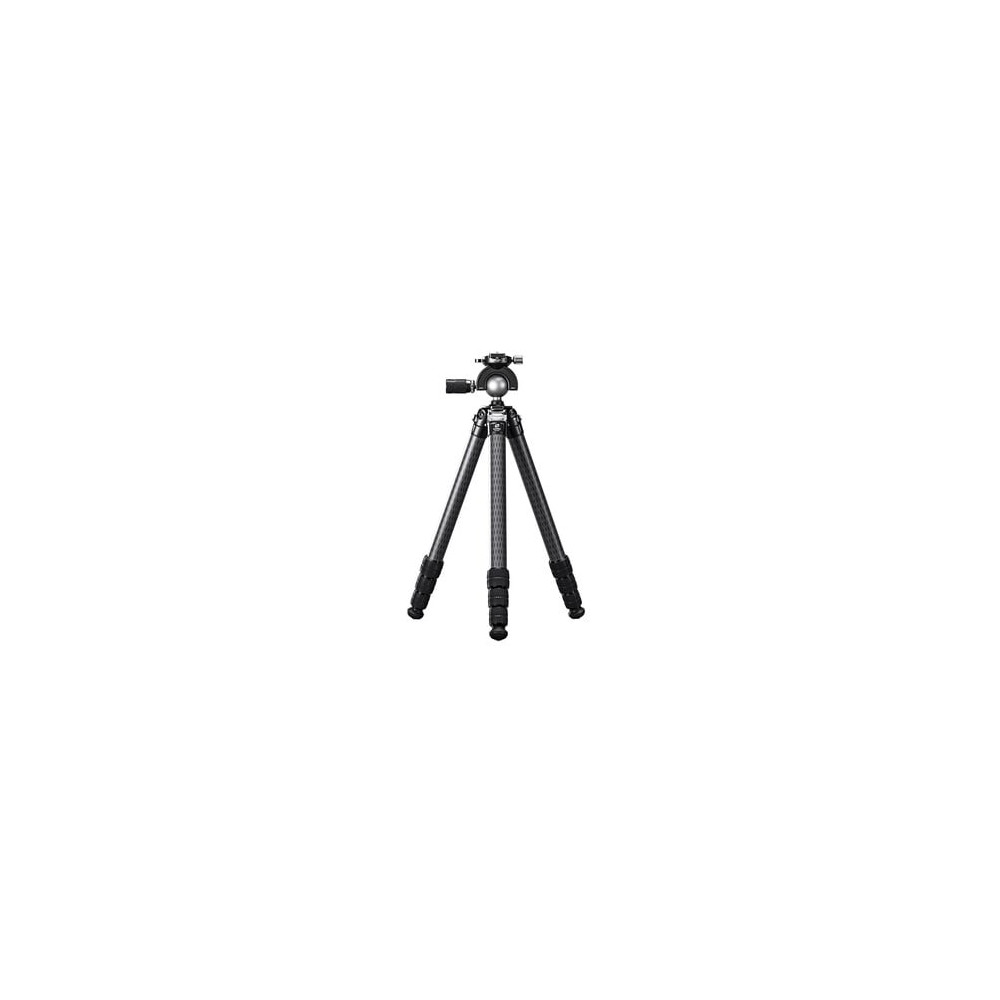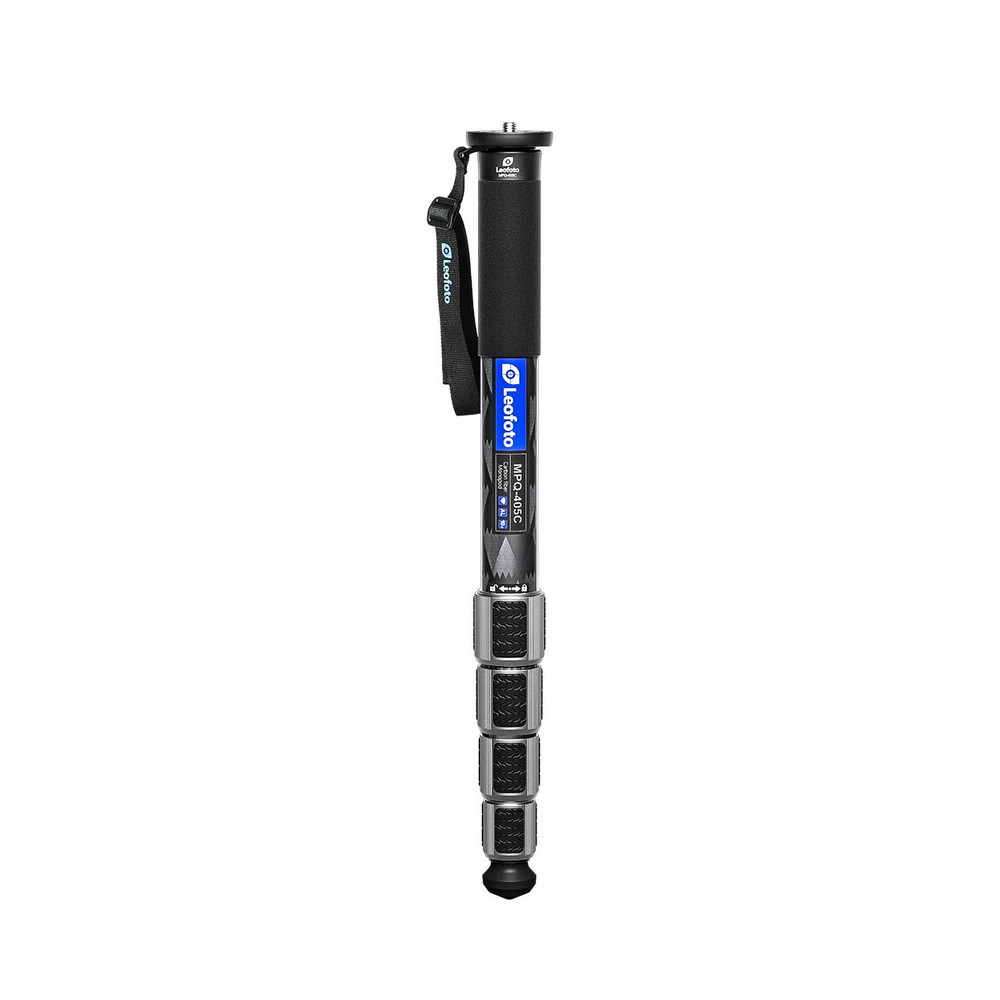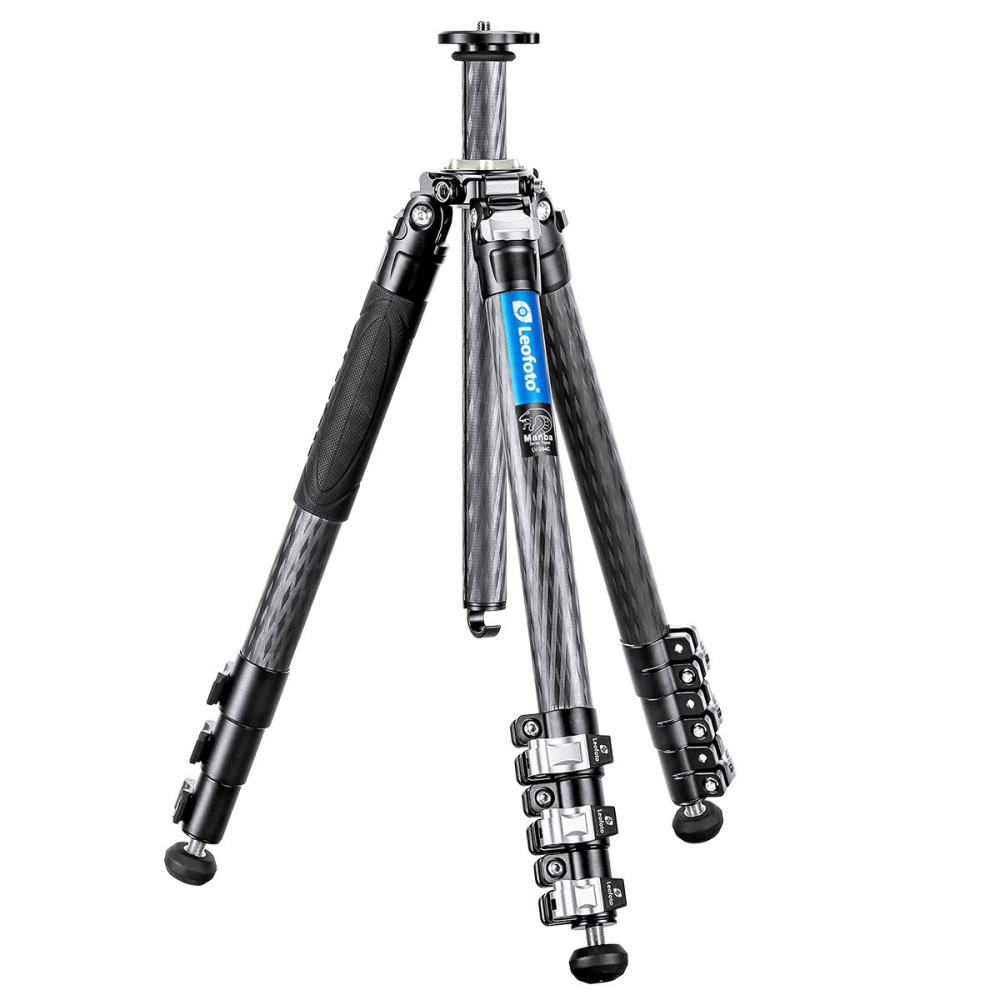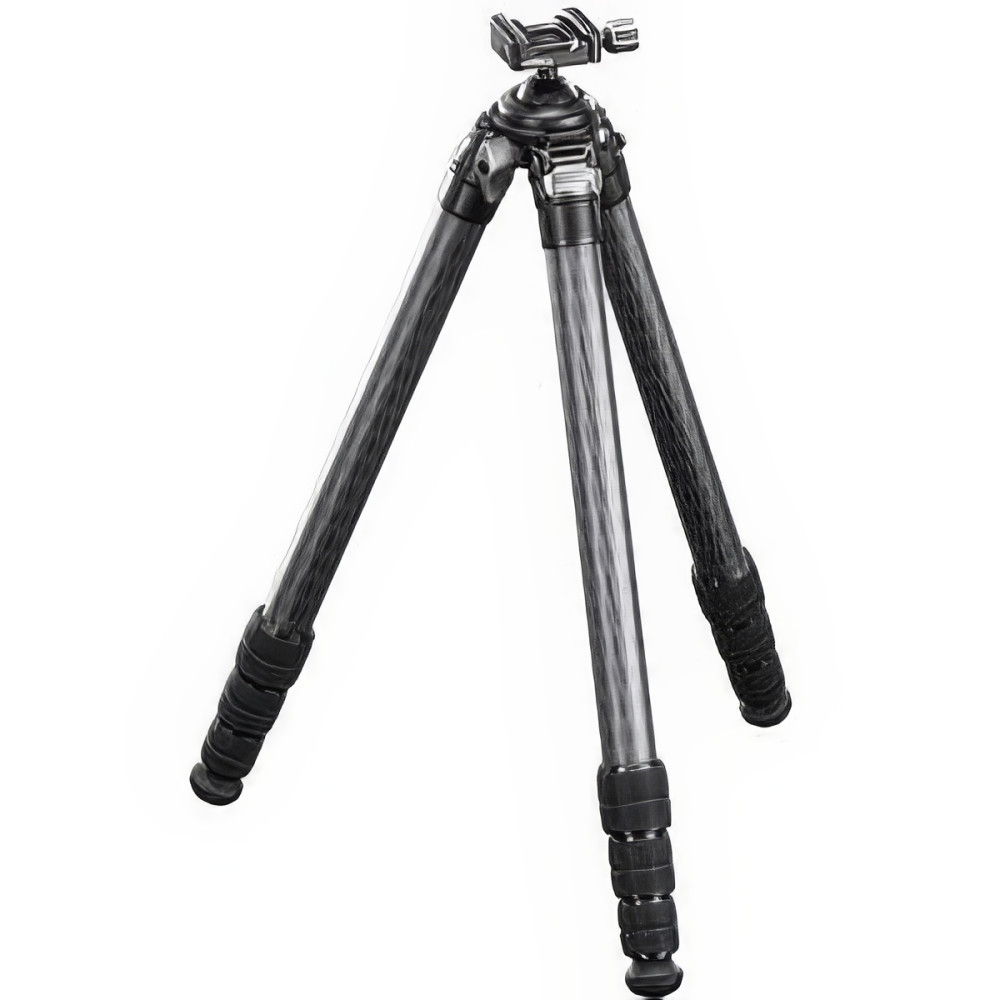Accessories
Leofoto
€ 80,00 *
- In Stock
-
Ready for shipment: 0 - 1 business days (DE - int. shipments may differ)
€ 159,00 *
Previous Price:
€ 179,00
- In Stock
-
Ready for shipment: 0 - 1 business days (DE - int. shipments may differ)
Leofoto
€ 14,95 *
- In Stock
-
Ready for shipment: 0 - 1 business days (DE - int. shipments may differ)
Leofoto
€ 99,00 *
- In Stock
-
Ready for shipment: 0 - 1 business days (DE - int. shipments may differ)
Leofoto
€ 87,00 *
- In Stock
-
Ready for shipment: 0 - 1 business days (DE - int. shipments may differ)
Leofoto
€ 69,00 *
- In Stock
-
Ready for shipment: 0 - 1 business days (DE - int. shipments may differ)
Tripod Heads
Leofoto
€ 129,00 *
- In Stock
-
Ready for shipment: 0 - 1 business days (DE - int. shipments may differ)
€ 159,00 *
Previous Price:
€ 179,00
- In Stock
-
Ready for shipment: 0 - 1 business days (DE - int. shipments may differ)
€ 229,00 *
Previous Price:
€ 249,00
- In Stock
-
Ready for shipment: 0 - 1 business days (DE - int. shipments may differ)
€ 169,00 *
- In Stock
-
Ready for shipment: 0 - 1 business days (DE - int. shipments may differ)
€ 179,00 *
- In Stock
-
Ready for shipment: 0 - 1 business days (DE - int. shipments may differ)
Leofoto
€ 199,00 *
- In Stock
-
Ready for shipment: 0 - 1 business days (DE - int. shipments may differ)
€ 199,00 *
- Supply Tiem 6-8 Weeks
QR-Plates
Leofoto
€ 17,90 *
- In Stock
-
Ready for shipment: 0 - 1 business days (DE - int. shipments may differ)
Leofoto
€ 22,90 *
- In Stock
-
Ready for shipment: 0 - 1 business days (DE - int. shipments may differ)
Leofoto
€ 19,90 *
- In Stock
-
Ready for shipment: 0 - 1 business days (DE - int. shipments may differ)
Leofoto
€ 12,90 *
- In Stock
-
Ready for shipment: 0 - 1 business days (DE - int. shipments may differ)
Others also bought:
Leofoto
€ 14,95 *
- In Stock
-
Ready for shipment: 0 - 1 business days (DE - int. shipments may differ)
Leofoto
€ 99,00 *
- In Stock
-
Ready for shipment: 0 - 1 business days (DE - int. shipments may differ)
Leofoto
€ 87,00 *
- In Stock
-
Ready for shipment: 0 - 1 business days (DE - int. shipments may differ)
Leofoto
€ 109,00 *
- In Stock
-
Ready for shipment: 0 - 1 business days (DE - int. shipments may differ)
Related Items
Leofoto
€ 749,00 *
- Supply Tiem 6-8 Weeks
Leofoto
€ 690,00 *
- In Stock
-
Ready for shipment: 0 - 1 business days (DE - int. shipments may differ)
Leofoto
€ 529,00 *
- In Stock
-
Ready for shipment: 0 - 1 business days (DE - int. shipments may differ)
Leofoto
€ 399,00 *
- In Stock
-
Ready for shipment: 0 - 1 business days (DE - int. shipments may differ)
Leofoto
€ 399,00 *
- In Stock
-
Ready for shipment: 0 - 1 business days (DE - int. shipments may differ)
Leofoto
€ 479,00 *
- In Stock
-
Ready for shipment: 0 - 1 business days (DE - int. shipments may differ)
Leofoto
€ 679,00 *
- In Stock
-
Ready for shipment: 0 - 1 business days (DE - int. shipments may differ)
Leofoto
€ 569,00 *
- In Stock
-
Ready for shipment: 0 - 1 business days (DE - int. shipments may differ)
Leofoto
€ 599,00 *
- Supply Tiem 6-8 Weeks
Leofoto
€ 659,00 *
- In Stock
-
Ready for shipment: 0 - 1 business days (DE - int. shipments may differ)
Leofoto
€ 739,00 *
- In Stock
-
Ready for shipment: 0 - 1 business days (DE - int. shipments may differ)
Leofoto
€ 579,00 *
- In Stock
-
Ready for shipment: 0 - 1 business days (DE - int. shipments may differ)
€ 549,00 *
- In Stock
-
Ready for shipment: 0 - 1 business days (DE - int. shipments may differ)
Leofoto
€ 309,00 *
- In Stock
-
Ready for shipment: 0 - 1 business days (DE - int. shipments may differ)
Leofoto
€ 649,00 *
- In Stock
-
Ready for shipment: 0 - 1 business days (DE - int. shipments may differ)
Leofoto
€ 699,00 *
- In Stock
-
Ready for shipment: 0 - 1 business days (DE - int. shipments may differ)
Leofoto
€ 839,00 *
- In Stock
-
Ready for shipment: 0 - 1 business days (DE - int. shipments may differ)
Leofoto
€ 469,00 *
- In Stock
-
Ready for shipment: 0 - 1 business days (DE - int. shipments may differ)
Leofoto
€ 779,00 *
- Supply Tiem 6-8 Weeks
Leofoto
€ 759,00 *
- Supply Tiem 6-8 Weeks
€ 599,00 *
- In Stock
-
Ready for shipment: 0 - 1 business days (DE - int. shipments may differ)
Leofoto
€ 329,00 *
- In Stock
-
Ready for shipment: 0 - 1 business days (DE - int. shipments may differ)
Leofoto
€ 719,00 *
- Supply Tiem 6-8 Weeks
€ 429,00 *
Previous Price:
€ 499,00
- In Stock
-
Ready for shipment: 0 - 1 business days (DE - int. shipments may differ)
Leofoto
€ 609,00 *
- In Stock
-
Ready for shipment: 0 - 1 business days (DE - int. shipments may differ)
Leofoto
€ 399,00 *
- Supply Tiem 6-8 Weeks
Leofoto
€ 279,00 *
- In Stock
-
Ready for shipment: 0 - 1 business days (DE - int. shipments may differ)
Leofoto
€ 649,00 *
- In Stock
-
Ready for shipment: 0 - 1 business days (DE - int. shipments may differ)
Leofoto
€ 469,00 *
- In Stock
-
Ready for shipment: 0 - 1 business days (DE - int. shipments may differ)
Leofoto
€ 80,00 *
- In Stock
-
Ready for shipment: 0 - 1 business days (DE - int. shipments may differ)
Leofoto
€ 1.199,00 *
- In Stock
-
Ready for shipment: 0 - 1 business days (DE - int. shipments may differ)
Leofoto
€ 489,00 *
- In Stock
-
Ready for shipment: 0 - 1 business days (DE - int. shipments may differ)
Nest
€ 149,00 *
- In Stock
-
Ready for shipment: 0 - 1 business days (DE - int. shipments may differ)
Leofoto
€ 629,00 *
- In Stock
-
Ready for shipment: 0 - 1 business days (DE - int. shipments may differ)
Leofoto
€ 80,00 *
- In Stock
-
Ready for shipment: 0 - 1 business days (DE - int. shipments may differ)
Leofoto
€ 1.299,00 *
- In Stock
-
Ready for shipment: 0 - 1 business days (DE - int. shipments may differ)
Leofoto
€ 539,00 *
- In Stock
-
Ready for shipment: 0 - 1 business days (DE - int. shipments may differ)
Leofoto
€ 309,00 *
- Supply Tiem 6-8 Weeks
Leofoto
€ 279,00 *
- In Stock
-
Ready for shipment: 0 - 1 business days (DE - int. shipments may differ)
Leofoto
€ 629,00 *
- In Stock
-
Ready for shipment: 0 - 1 business days (DE - int. shipments may differ)
Leofoto
LEOFOTO Carbon Fiber Tripod LV-324C Manba LV (Flip-Lock) with Hollow Ball and BV-10 Fluid Video Head
€ 455,00 *
- Supply Tiem 6-8 Weeks
Leofoto
€ 299,00 *
- Supply Tiem 6-8 Weeks
Leofoto
€ 329,00 *
- In Stock
-
Ready for shipment: 0 - 1 business days (DE - int. shipments may differ)
Leofoto
€ 469,00 *
- In Stock
-
Ready for shipment: 0 - 1 business days (DE - int. shipments may differ)
Leofoto
€ 609,00 *
- Supply Tiem 6-8 Weeks


